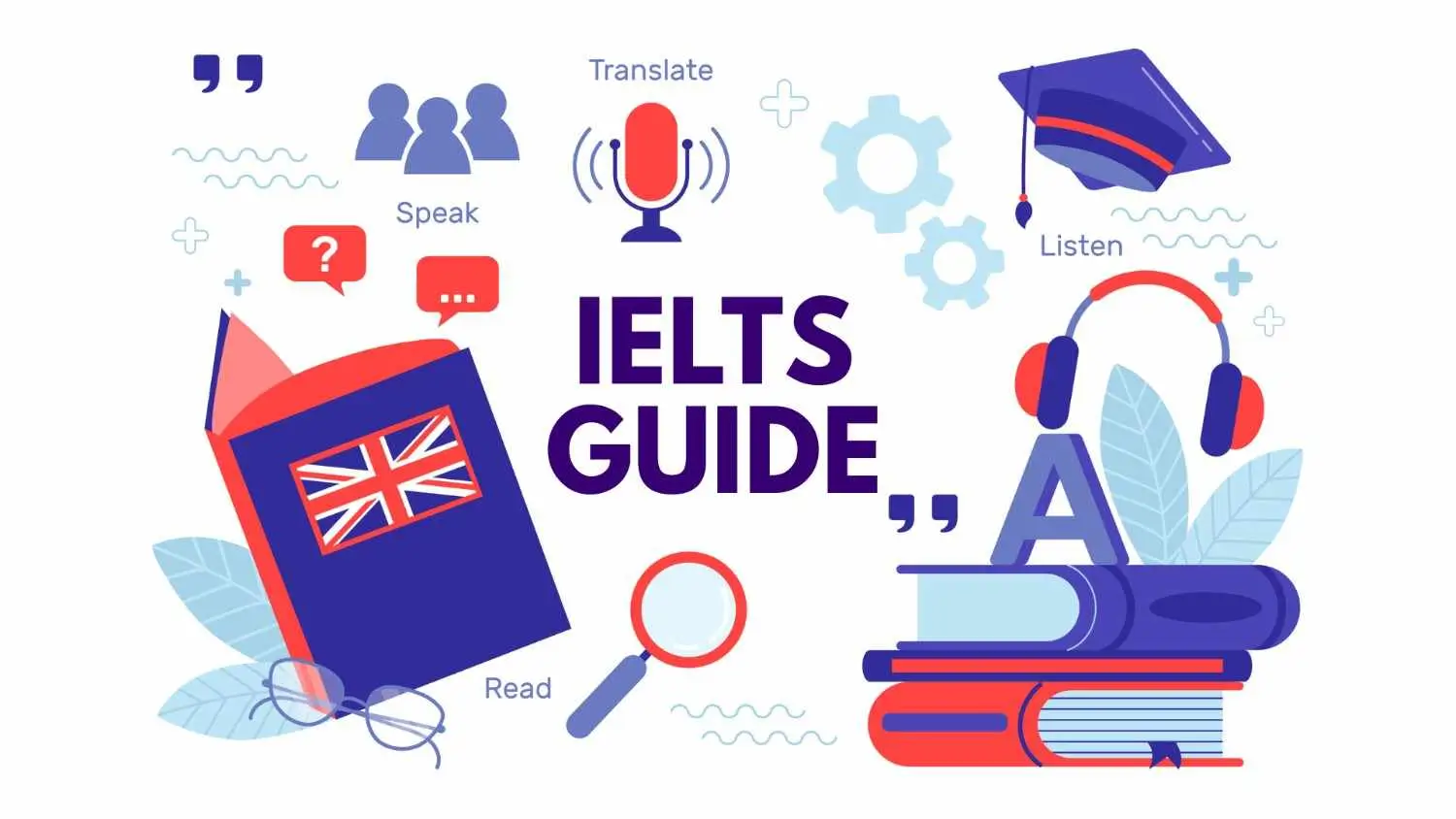Introduction
In the diverse landscape of education, understanding and accommodating different learning styles is crucial for effective tutoring. Each student has a unique way of processing and retaining information, and recognizing these differences can significantly enhance the learning experience. This blog post explores various learning styles and provides effective tutoring techniques to address each one, ensuring that students receive personalized support tailored to their individual needs.
Understanding Learning Styles
Learning styles refer to the preferred way an individual processes information. While there are several models of learning styles, one of the most widely recognized is the VARK model, which categorizes learners into four primary types: Visual, Auditory, Reading/Writing, and Kinesthetic. Understanding these styles helps tutors create a more engaging and effective learning environment.
- Visual Learners
- Characteristics: Visual learners prefer to see and observe things, including pictures, diagrams, and written directions. They benefit from visual aids and often remember information better when it is presented visually.
- Tutoring Techniques:
- Use Visual Aids: Incorporate charts, graphs, and diagrams to explain complex concepts.
- Mind Mapping: Encourage students to create mind maps to organize information visually.
- Color Coding: Use different colors to highlight key points and differentiate between concepts.
- Videos and Images: Utilize educational videos and images to reinforce learning material.
- Auditory Learners
- Characteristics: Auditory learners retain information best when it is presented through sound. They benefit from listening to lectures, participating in discussions, and using auditory memory aids.
- Tutoring Techniques:
- Discussion-Based Learning: Engage students in discussions to deepen their understanding of the material.
- Audio Recordings: Provide audio recordings of lessons for students to listen to and review.
- Rhymes and Mnemonics: Use rhymes, songs, and mnemonic devices to help students remember information.
- Verbal Summaries: Encourage students to summarize what they have learned verbally.
- Reading/Writing Learners
- Characteristics: These learners prefer to interact with textual information. They excel in reading and writing tasks and often benefit from written explanations and notes.
- Tutoring Techniques:
- Provide Written Materials: Offer comprehensive written notes, handouts, and textbooks.
- Encourage Note-Taking: Teach students effective note-taking strategies to organize their thoughts.
- Writing Assignments: Assign essays, summaries, and written reports to reinforce learning.
- Reading Comprehension Exercises: Include activities that improve reading comprehension and critical analysis.
- Kinesthetic Learners
- Characteristics: Kinesthetic learners prefer hands-on activities and learn best through movement and physical activities. They benefit from experiments, simulations, and real-life examples.
- Tutoring Techniques:
- Hands-On Activities: Incorporate experiments, models, and practical exercises into lessons.
- Movement-Based Learning: Use activities that involve physical movement, such as role-playing and interactive games.
- Real-Life Examples: Relate concepts to real-life scenarios and experiences.
- Frequent Breaks: Allow for short breaks during sessions to accommodate the need for movement.
Integrating Multiple Learning Styles
While it’s essential to address individual learning styles, many students benefit from a combination of approaches. Tutors can create a more inclusive and effective learning environment by integrating techniques that cater to multiple learning styles. Here are some strategies to achieve this:
- Multimodal Teaching: Use a variety of teaching methods in each session, combining visual, auditory, reading/writing, and kinesthetic activities.
- Interactive Technology: Utilize interactive technology, such as educational software and apps, that incorporate multimedia elements to engage different learning styles.
- Collaborative Learning: Encourage group work and peer teaching, allowing students to learn from each other and experience different perspectives.
- Regular Assessments: Conduct regular assessments to identify students’ preferred learning styles and adjust tutoring strategies accordingly.
Creating an Inclusive Tutoring Environment
An inclusive tutoring environment acknowledges and respects the diverse learning styles of all students. Here are some tips to create such an environment:
- Personalized Learning Plans: Develop individualized learning plans based on each student’s learning style and academic goals.
- Open Communication: Foster open communication with students to understand their preferences and challenges.
- Flexible Teaching Methods: Be adaptable and willing to modify teaching methods to suit different learning styles.
- Continuous Feedback: Provide ongoing feedback and encouragement to help students stay motivated and engaged.
The Role of Technology in Addressing Learning Styles
The technology significantly addresses different learning styles by offering various tools and resources that cater to diverse preferences. Here are some ways technology can enhance tutoring for different learning styles:
- Visual Learners: Educational apps and software that include interactive diagrams, videos, and virtual simulations.
- Auditory Learners: Podcasts, audiobooks, and language learning apps that focus on listening and speaking skills.
- Reading/Writing Learners: Online libraries, e-books, and writing tools that support reading and writing tasks.
- Kinesthetic Learners: Virtual labs, coding platforms, and interactive games that provide hands-on learning experiences.
Case Studies and Success Stories
- Case Study: Emily’s Success with Visual Learning Techniques
- Background: Emily struggled with understanding complex biology concepts.
- Approach: Her tutor used visual aids, including diagrams and mind maps, to explain the material.
- Outcome: Emily’s comprehension improved significantly, and she excelled in her biology exams.
- Case Study: Michael’s Progress with Auditory Learning Strategies
- Background: Michael found it challenging to retain information from reading alone.
- Approach: His tutor incorporated audio recordings and discussions into the sessions.
- Outcome: Michael’s retention and understanding improved, leading to better academic performance.
Conclusion Effective tutoring requires an understanding of different learning styles and the ability to adapt teaching methods accordingly. By recognizing and addressing the unique preferences of visual, auditory, reading/writing, and kinesthetic learners, tutors can create personalized and engaging learning experiences. Appoint Tutor is committed to providing high-quality, technology-enhanced tutoring services that cater to diverse learning styles, helping students achieve their academic goals and reach their full potential




